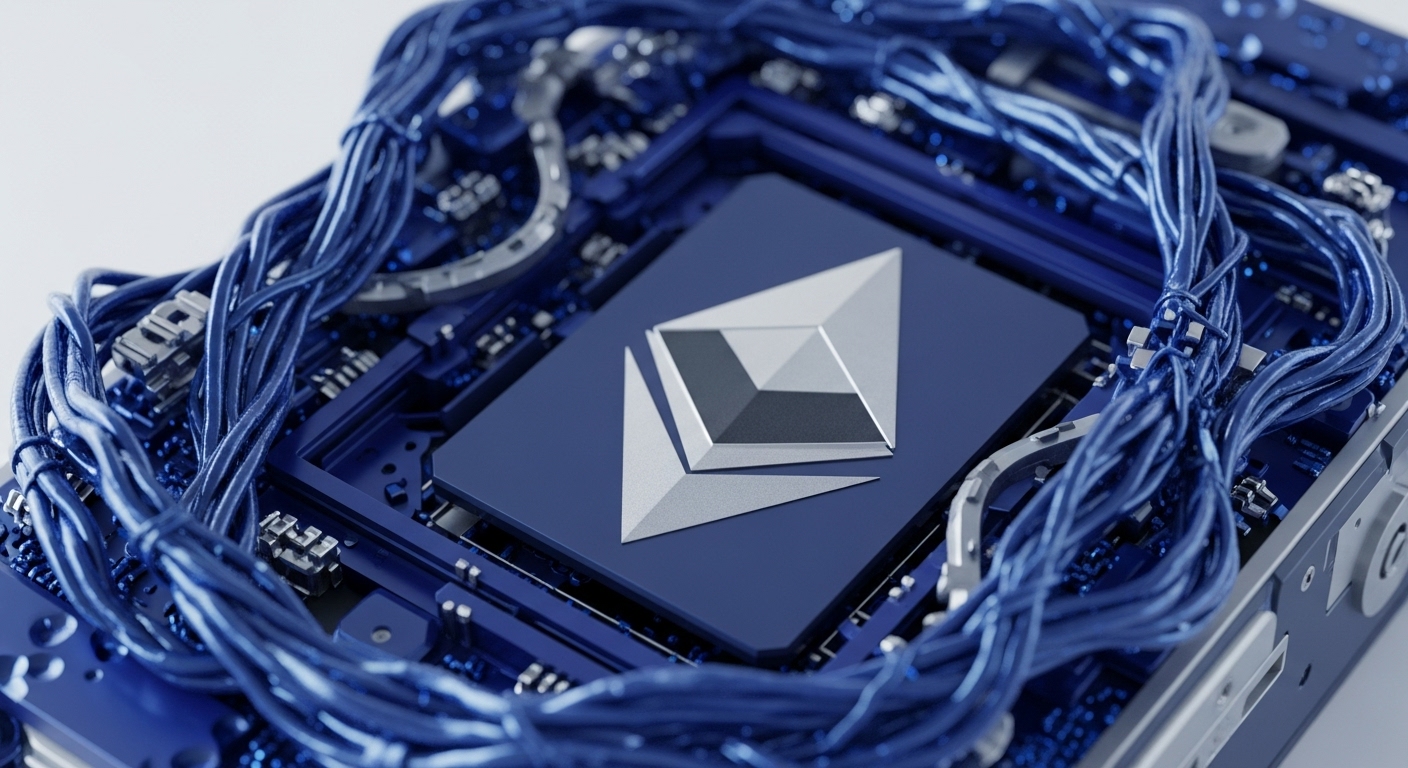
Briefing
The fundamental problem of trustless state verification for resource-constrained clients is addressed by introducing the Succinct Non-interactive Argument of Chain Knowledge (SNACK). This new primitive is a non-interactive proof system that provides strong security guarantees to a light client, ensuring the integrity of complex queries even when interacting with only a single, potentially dishonest, full node. The foundational breakthrough involves augmenting any existing blockchain with a Graph-Labeling Proof-of-Space-Time (GL-PoSW) mechanism, which cryptographically links the chain’s history to a verifiable computation. This new theory enables a fully decentralized information system where superlight clients, such as mobile devices, can outsource arbitrary state queries to untrusted servers and receive a mathematically verifiable, trustworthy answer, fundamentally eliminating the single point of failure inherent in current light client models.

Context
The prevailing theoretical limitation for decentralized systems involves the verifier’s dilemma for light clients. To safely enjoy the full security guarantees of a blockchain, a user must run a full node, which is computationally and storage-intensive. Consequently, the vast majority of users rely on superlight clients that access data through centralized, trusted servers or block explorers.
This reliance re-introduces a single point of failure, undermining the core tenet of decentralization. The challenge has been to design a proof system that is succinct enough for a mobile device to verify quickly while simultaneously guaranteeing that the proof correctly covers the entire, possibly vast, historical state of the chain.

Analysis
The paper’s core mechanism, SNACK, fundamentally re-architects light client interaction by integrating a novel proof-of-work variant with zero-knowledge technology. The protocol first augments the underlying blockchain with a Graph-Labeling Proof-of-Space-Time (GL-PoSW), which forces full nodes to commit to the chain’s entire history in a verifiable, resource-bound manner. The SNACK primitive then leverages a Succinct Non-interactive Argument of Knowledge (SNARK) to prove that a specific query computation, such as a Map-Reduce function, was executed correctly over the committed, verifiable chain state.
This differs from prior approaches because the security guarantee is tied to the difficulty of generating the GL-PoSW, which is independent of the number of honest provers. A light client receives a query result and a succinct SNACK proof, verifying the computation’s correctness and the integrity of the underlying chain data simultaneously, eliminating the need to trust the data provider.

Parameters
- Full History Verification Time ∞ 40 milliseconds. The time required for a verifier to check a proof covering the entire blockchain history.
- SNACK Security Primitive ∞ Graph-Labeling Proof-of-Space-Time. The mechanism used to augment the blockchain for state commitment.
- Proof System Type ∞ Succinct Non-interactive Argument of Knowledge. The cryptographic tool used to verify the outsourced computation.

Outlook
This research opens a critical avenue for next-generation blockchain architecture, particularly for mobile and Internet of Things (IoT) ecosystems. In the next three to five years, SNACK is positioned to unlock truly trustless superlight clients, enabling a new class of decentralized applications that can run complex, verifiable queries on-chain without relying on centralized infrastructure. Future research will likely focus on optimizing the GL-PoSW generation time and extending the SNACK framework to handle dynamic state updates more efficiently, moving beyond historical queries to verifiable real-time state synchronization for all resource-constrained devices.

Verdict
The Succinct Non-interactive Argument of Chain Knowledge is a foundational cryptographic primitive that resolves the light client trust dilemma, ensuring verifiable state integrity for all resource-constrained participants.
